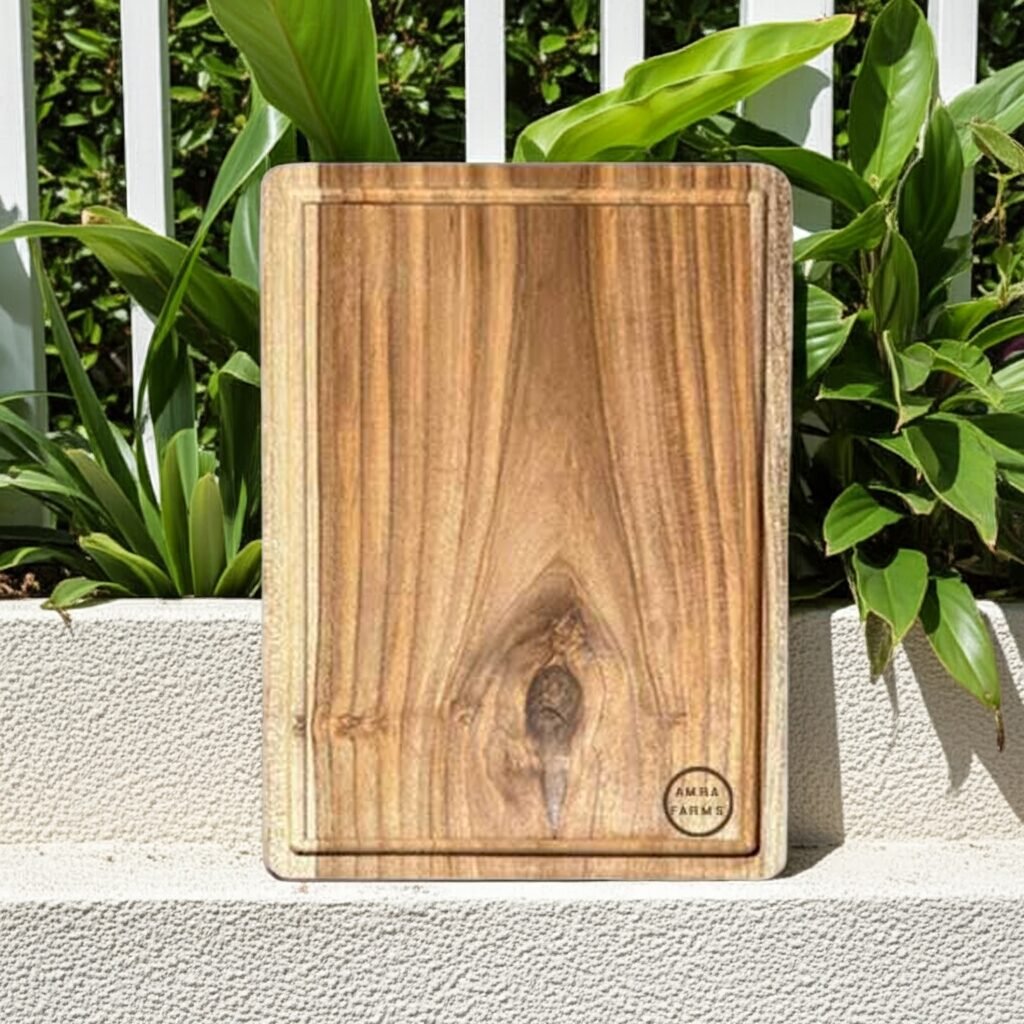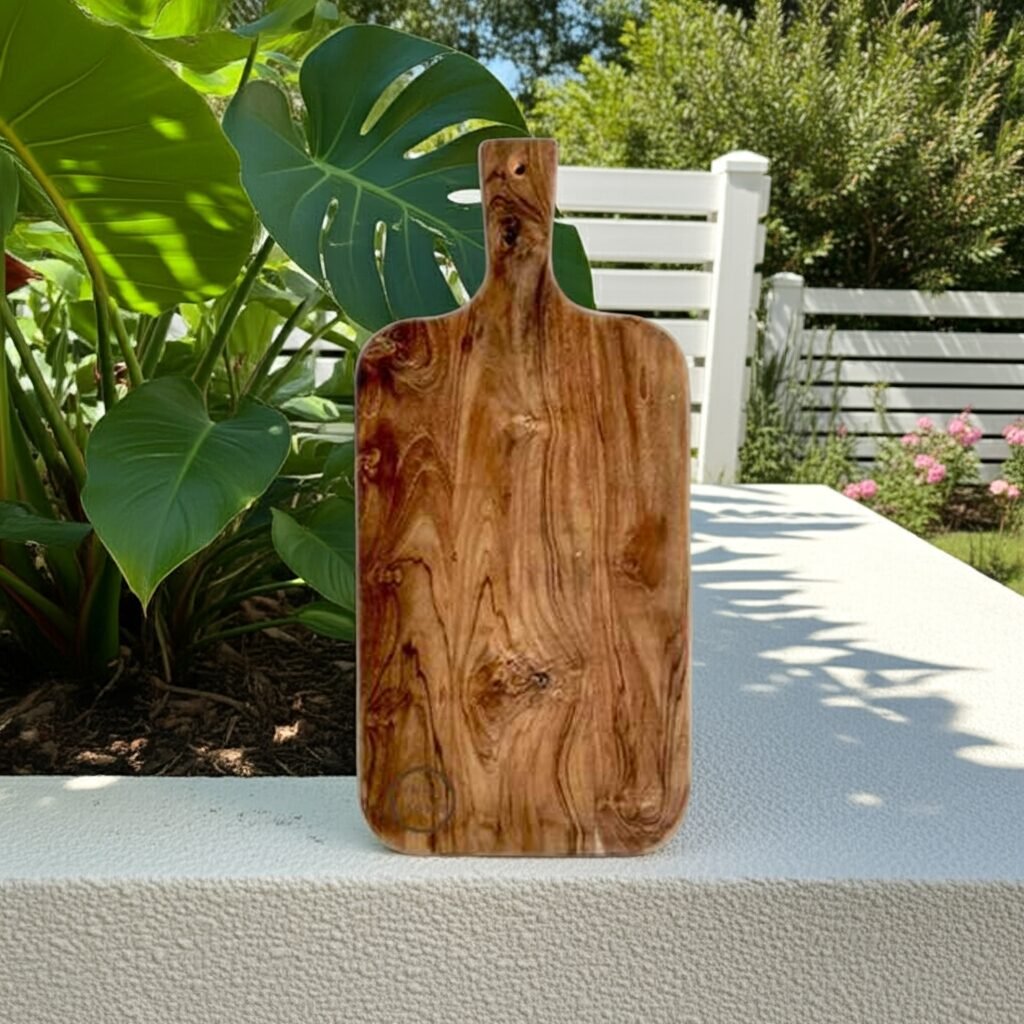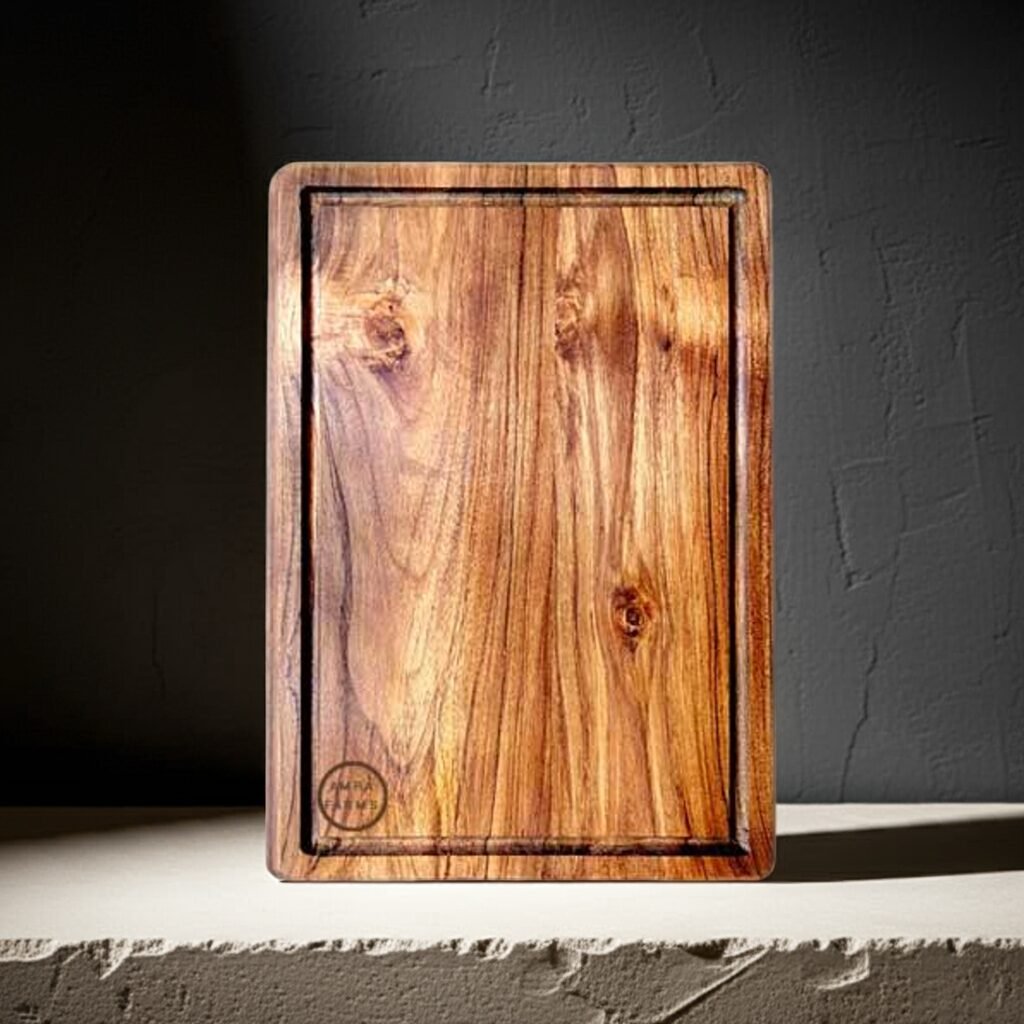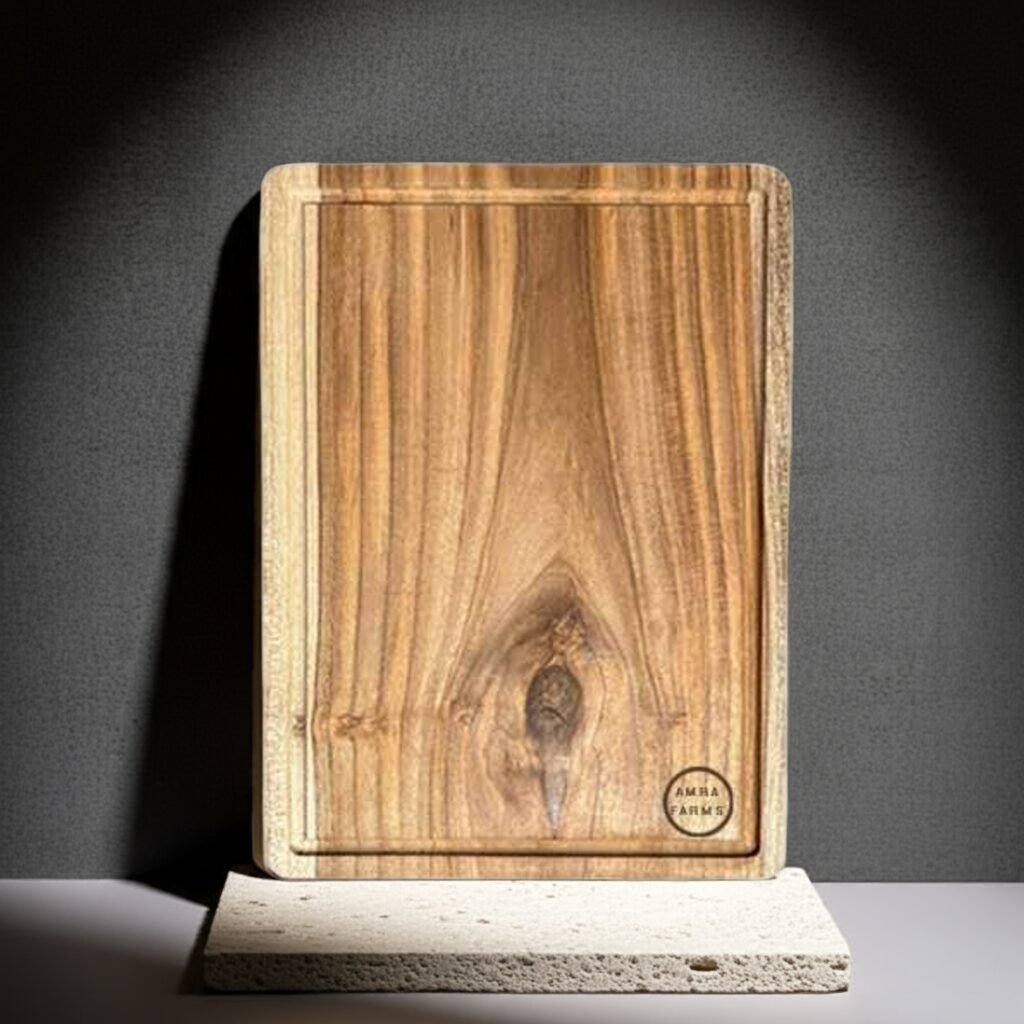Your cart is currently empty!
Messy Counters After Cutting Veggies? Here’s How to Keep It Clean and Easy
Cutting vegetables is the most time-consuming task when it comes to cooking. We spend more time cutting vegetables into the preferred shapes and sizes than cooking them. To make things difficult, each vegetable comes with its own features. Tomatoes are juicy and require a very sharp knife. Potatoes are reasonably stable, easy to cut and manage, while vegetables like yam and pumpkin are dense, requiring more effort and a stable board. While a professional chef will manage the food they cut in an organised manner, most newbies find it hard to organise and manage the vegetables they cut.
We find ourselves with messy counters, juice puddles, and peels everywhere when the chopping is done. This can be avoided. You need to organise yourselves. It’s as simple as organising your desks, drawers or wardrobe. All you need is a system to put in place and understand the vegetables you cut. Some vegetables produce more mess than others. Others have peels which make a mess all over the place. Understanding why the mess happens is the first task. Let’s understand how to manage your countertop and keep it clean while cooking.






Understand Why the Mess Happens
Knowing what goes into cutting vegetables solves half the problem. Understand your vegetables. Some vegetables are juicy and will create a pool of juice and puddle. Tomatoes, cucumbers and fruits like tangerine are all going to leave a juicy puddle. Be prepared for it. A good chopping board with juice grooves will trap the juice in the board which can be disposed in the sink or transferred to a bowl later.
The second type of vegetables are those with peels. Peels create a lot of mess on the countertop. Potatoes, yam and pumpkins are the culprits here. Arrange for a plate or a large bowl to collect your peels. Leave the plate on the countertop and at your disposal at all times. Ensure all waste goes into the plate. Avoid using plastic covers. They are cumbersome and difficult to handle apart from the environmental concerns.
The third biggest problem is the cutting board size. A board too small will spill food on the countertop. Use a medium-sized board for cutting vegetables if you are cooking for 2–4 people. Use a large one if cooking for a big family. Always use a cutting board that you can handle. If the board is too large, you cannot pick it up after cutting vegetables, and moving it to a bowl will require you to use your hand to move it, instead of scraping off the vegetables to a bowl in a swift motion after you pick the board. If you are ok with picking the vegetables from the board instead of scraping it off the board, the bigger boards are often a great choice.
Being organised saves a lot of effort. A rushed preparation without a system will leave a messy counter, requiring you to clean later, leaving you frustrated.
Choose the Right Cutting Board
A small cutting board may be handy, easy to store and maintain, but often does not meet the purpose. Small cutting boards are good for cutting vegetables in a small kitchen. If you are restrained due to space in the kitchen, there are no other options but to choose a smaller board. But when you can afford the space, go for a medium-sized board. We recommend a large board with juice grooves for vegetables in most cases. Larger boards not only allow space for you to cut vegetables but also ensure the vegetables you cut are not spilling over to the counter. Some cutting boards have built-in containers which you may want to consider. Some of us do believe that this is an overkill, especially if you cut large quantities of vegetables. Non-slip bases are important, especially for a smaller board. For larger cutting boards, you will find the weight counters itself to keep it in place, requiring no rubber feet. Nevertheless, a good board with rubber feet is always a welcome addition.
Keep Scrap Bowl Nearby
Keep a large/medium scrap bowl nearby. This ensures you can put the waste, peels and ends of the vegetables immediately into a container which can be easily discarded. Avoid using plastic bags. They are cumbersome and not environment-friendly. Addition of a bowl will ensure you have 50% or more cleaner countertops and a mess-free work area.
Use a Damp Cloth or Paper Towel
If you are working with a light board and it slips too much, use a wet paper towel or a napkin under the chopping board. This prevents the chopping board from moving and keeps it in place. Preventing sliding of the chopping board will keep your chopping board in place and also avoid accidents. It also keeps your countertop clean without juice running underneath. If you are using a wooden cutting board, do not let it sit on a wet towel for long. Porous material is not good for the wood and may result in warping over time. Use rubber feet (which can be stuck on the bottom) to ensure the boards are in place and stable.
Chop in Batches – Avoid Clutter
When cutting vegetables, be organised. Chop them in the sequence you intend to cut. The few vegetables which need to go in first can be cut and transferred to a bowl, and then the next. Don’t cut all the vegetables together and then start cooking. You will have your countertop filled with chopped vegetables which will confuse you. Instead, cut the vegetables and spices you use first. For instance, ginger, garlic, chillies usually go in first, followed by tomatoes and then the main vegetable. Cut them accordingly in order.
Quick Frequent Cleaning Routine – Clean As You Go
Clean your countertop from the mess often. Try to keep the counter clean after each vegetable or set of vegetables. Wipe the counter clean and organise the vegetables in a bowl, ready to be cooked. This saves time later, avoids confusion and also keeps the kitchen enjoyable. Wipe spills immediately after cutting juicy and sticky produce. Use a cloth to wipe off spills from the countertop and rinse your chopping board after cutting anything which is juicy. This ensures that your kitchen is safe, clean and avoids cross-contamination.
Post-Chop Clean Up
When you finish chopping, clean up your wooden chopping boards immediately. Rinse well and keep them away from the cooking area. Spray and wipe off your countertop to ensure a free work area for prepared food. Avoid liquids and scraps to be on the surface for too long as it attracts pests. Ensure that the countertop is wiped off clean and the scrap discarded before you prepare the finished food ready to serve.
Categories
Products
- Buy Wooden Vegetable Cutting Boards Online
- Wooden Kitchen Accessories & Tools
- Buy Butcher Block & Meat Cutting Boards Online
- Buy Premium Wooden Chopping Boards Online
- Buy The Best Teak Wood Cutting Boards Online In India
- Buy Wooden Cutting Boards With Handle For Kitchen
- Mango Wood Chopping Boards
- Tamarind Wood Chopping Boards
- Wooden Platter Boards , Pizza Platters & Charcuterie Boards
Recent Posts
- Best material for Cutting boards – top 5 materials compared
- Why is tamarind wood Preferred for cutting meat and vegetables in India?
- Wooden chopping boards, the construction and trends that affect your purchase
- Market and usage statistics on wooden chopping boards – Fascinating Market insights and trends you can’t ignore
- Chopping Boards for Traditional Indian Pickling – Avoiding Contamination with Tamarind & Teak Boards
